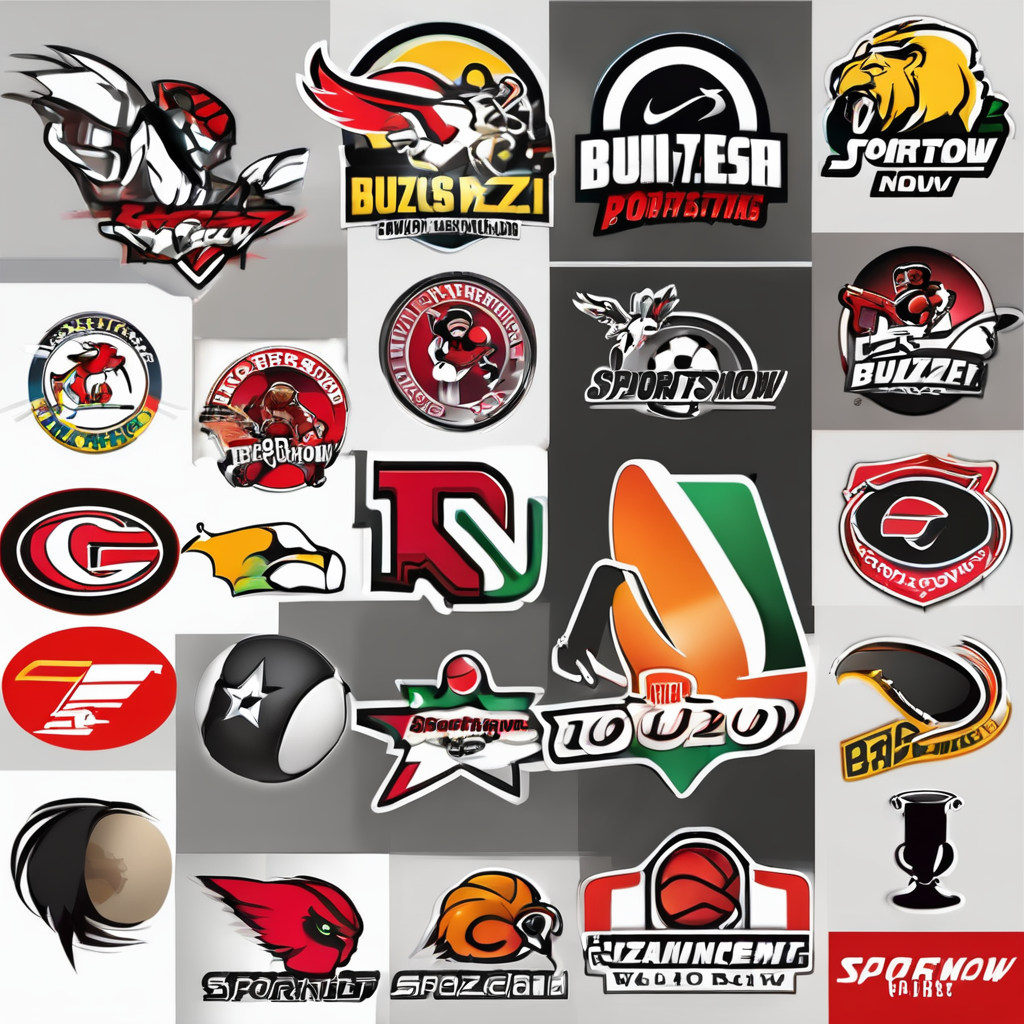Top Age-Appropriate Training Techniques for Young Cyclists in the UK
Teaching children to cycle is a milestone that many parents and caregivers look forward to, but it can be a daunting task without the right approach. In the UK, where cycling is a popular mode of transportation and recreation, using the correct training techniques can make all the difference in a child’s cycling journey. Here’s a comprehensive guide on the top age-appropriate training techniques for young cyclists.
Choosing the Right Bike: Balance Bikes vs Training Wheels
When it comes to teaching children how to ride, the choice between balance bikes and pedal bikes with training wheels is crucial.
Also to discover : Top Strategies for UK Professional Darts Players to Master Stress Management and Enhance Performance
Balance Bikes
Balance bikes are designed for young children to learn the fundamental skills of cycling before they even pedal. Here are some key benefits:
- Learning to Balance and Steer: Balance bikes allow children to learn how to balance, steer, and brake without the complexity of pedaling. By pushing off the ground with their feet, children can glide along and develop their balance and coordination skills.
- Confidence and Safety: With their feet always near the ground, balance bikes provide a safer and more confidence-boosting experience for children. This is particularly important for young riders who are just starting out.
- Versatile Terrain: Balance bikes can be used on various surfaces, including hills and sloping ground, which helps children develop their sense of adventure and adaptability.
Pedal Bikes with Training Wheels
Pedal bikes with training wheels are another option, but they come with their own set of considerations:
Also to see : Top Hydration Strategies Every UK Marathon Runner Should Know
- Dependence on Stabilisers: Children who use training wheels often lean on them for balance, which can make it harder to learn how to balance independently. This can prolong the learning process and make the transition to a bike without stabilisers more challenging.
- Limited Terrain: Training wheels are not ideal for rough or sloped surfaces, as they can dig into the ground and cause the bike to topple over. This restricts the variety of terrain children can ride on.
Getting Started: Tips for Parents
Adjusting the Bike
Before your child starts riding, make sure the bike is adjusted correctly:
- Balance Bike: Adjust the saddle height so your child’s feet are flat on the ground while sitting in the saddle. This gives them the confidence to start moving by using their legs to steady themselves.
- Pedal Bike with Training Wheels: Set the saddle height so your child can reach the ground with their tiptoes. This allows them to get on and off the bike easily.
Initial Riding Experience
Here are some tips to make the initial riding experience smooth:
- Encourage Walking and Running: Start by having your child walk and run while sitting on the balance bike. This helps them get used to the feel of the bike and build confidence.
- Gradual Progression: As they become more comfortable, encourage them to glide with their feet off the ground. For pedal bikes, ensure they pedal full circles rather than ratcheting back and forth.
Transitioning to Pedaling
Once your child has mastered balancing and steering on a balance bike, it’s time to introduce pedaling.
Why Balance Bikes Make it Easier
Children who learn to balance first find it much easier to transition to pedaling:
- Quick Adaptation: Kids who have learned to balance on a balance bike typically take less than 10 minutes to get used to the pedaling motion. This is because they have already developed the core cycling skills of balancing and steering.
- Convertible Balance Bikes: Some balance bikes can be converted into pedal bikes, making the transition seamless and eliminating the need for a new bike.
Age-Appropriate Training
Different age groups require different approaches to cycle training.
Toddlers (2-3 Years)
At this age, balance bikes are ideal:
- Developing Balance: Toddlers can start with balance bikes to develop their balance and coordination skills. This age group benefits greatly from the simplicity and safety of balance bikes.
- Play-Based Learning: Make it fun by incorporating play into their learning. For example, setting up a mini obstacle course can help them practice steering and balancing in a fun and engaging way.
Preschoolers (4-5 Years)
As children grow older, they can start to transition to pedal bikes:
- Pedal Bikes with Training Wheels: If you choose to use training wheels, ensure they are adjusted correctly and that your child understands the importance of pedaling full circles.
- Regular Practice: Encourage regular practice, even if it’s just for a few minutes each day. Consistency is key in developing cycling skills.
School-Age Children (6+ Years)
For older children, the focus shifts to refining their skills and preparing them for road cycling:
- Removing Training Wheels: Once they have mastered pedaling and balancing, it’s time to remove the training wheels. This can be a challenging step, but with patience and practice, children can learn to ride independently.
- Basic Road Safety: Teach basic road safety rules, such as wearing a helmet, following traffic lights, and being aware of their surroundings.
Additional Training Tips
Here are some additional tips to enhance your child’s cycling experience:
High Intensity Interval Training (HIIT)
For older children who are looking to improve their cycling performance, HIIT can be beneficial:
- Short Bursts of Intensity: Incorporate short bursts of high-intensity riding followed by periods of rest. This can help improve cardiovascular fitness and cycling performance.
Heart Rate Monitoring
For more serious young cyclists, heart rate monitoring can be a useful tool:
- Understanding Heart Rate Zones: Teach your child to understand different heart rate zones and how to train within them. This can help them optimize their training sessions.
Group Riding
Joining a local cycling group or club can be a great way to keep your child motivated and engaged:
- Social Benefits: Group riding provides social benefits and can make cycling more enjoyable. It also allows children to learn from more experienced riders and gain new skills.
Practical Insights and Actionable Advice
Here are some practical insights and actionable advice for parents and caregivers:
Make it Fun
- Incorporate Games: Make cycling fun by incorporating games and challenges. For example, you can set up a scavenger hunt or a mini race to keep things exciting.
- Choose Safe Locations: Always choose safe locations for your child to ride, such as parks or designated cycling paths.
Ensure Safety
- Wear Protective Gear: Ensure your child wears protective gear, including a helmet and knee pads.
- Regular Bike Checks: Regularly check the bike to ensure it is in good condition. This includes checking the brakes, tire pressure, and chain.
Be Patient
- Learning Takes Time: Learning to cycle takes time, so be patient with your child. Celebrate small victories and provide encouragement along the way.
- Offer Support: Be available to offer support and guidance. Sometimes, all a child needs is a little nudge to build their confidence.
Table: Comparison of Balance Bikes and Pedal Bikes with Training Wheels
| Feature | Balance Bikes | Pedal Bikes with Training Wheels |
|---|---|---|
| Learning Balance | Yes, primary focus | No, depends on stabilisers |
| Terrain Versatility | Can be used on various surfaces | Limited to flat surfaces |
| Confidence Building | High, feet always near ground | Lower, depends on stabilisers |
| Transition to Pedaling | Easier, quick adaptation | Harder, may take longer |
| Safety | Safer, lower center of gravity | Less safe, higher center of gravity |
| Age Suitability | 2-4 years | 3-6 years |
Quotes from Experienced Cyclists
Caroline Harding
“I tend to do more intense interval training on the turbo, almost always less than an hour. For young cyclists, it’s about finding that balance between fun and structured training,” says Caroline Harding, a freelance graphic designer and cyclist.
Richard Lacy
“I love the idea of being fit, healthy, and looking and acting young for my age. For young cyclists, it’s crucial to keep changing their position on the bike and incorporating different types of training to avoid injuries,” advises Richard Lacy, an octogenarian cyclist.
Teaching children to cycle is a rewarding experience that requires the right approach. By choosing the appropriate bike, whether it’s a balance bike or a pedal bike with training wheels, and following age-appropriate training techniques, you can set your child up for success. Remember to make it fun, ensure safety, and be patient, as these are key components of a successful cycling journey.
Here is a detailed bullet point list summarizing the key points:
- Choose the Right Bike:
- Balance bikes for toddlers and young preschoolers.
- Pedal bikes with training wheels for older preschoolers.
- Adjust the Bike Correctly:
- Ensure the saddle height is correct for both balance bikes and pedal bikes.
- Make it Fun:
- Incorporate games and challenges.
- Choose safe and interesting locations.
- Ensure Safety:
- Wear protective gear.
- Regularly check the bike.
- Be Patient:
- Learning takes time.
- Offer support and guidance.
- Transition to Pedaling:
- Use convertible balance bikes if possible.
- Remove training wheels when ready.
- Additional Training Tips:
- Incorporate HIIT for older children.
- Use heart rate monitoring for more serious training.
- Join group riding for social benefits.
By following these tips and techniques, you can help your child develop a lifelong love for cycling and ensure they become confident and skilled young riders.











